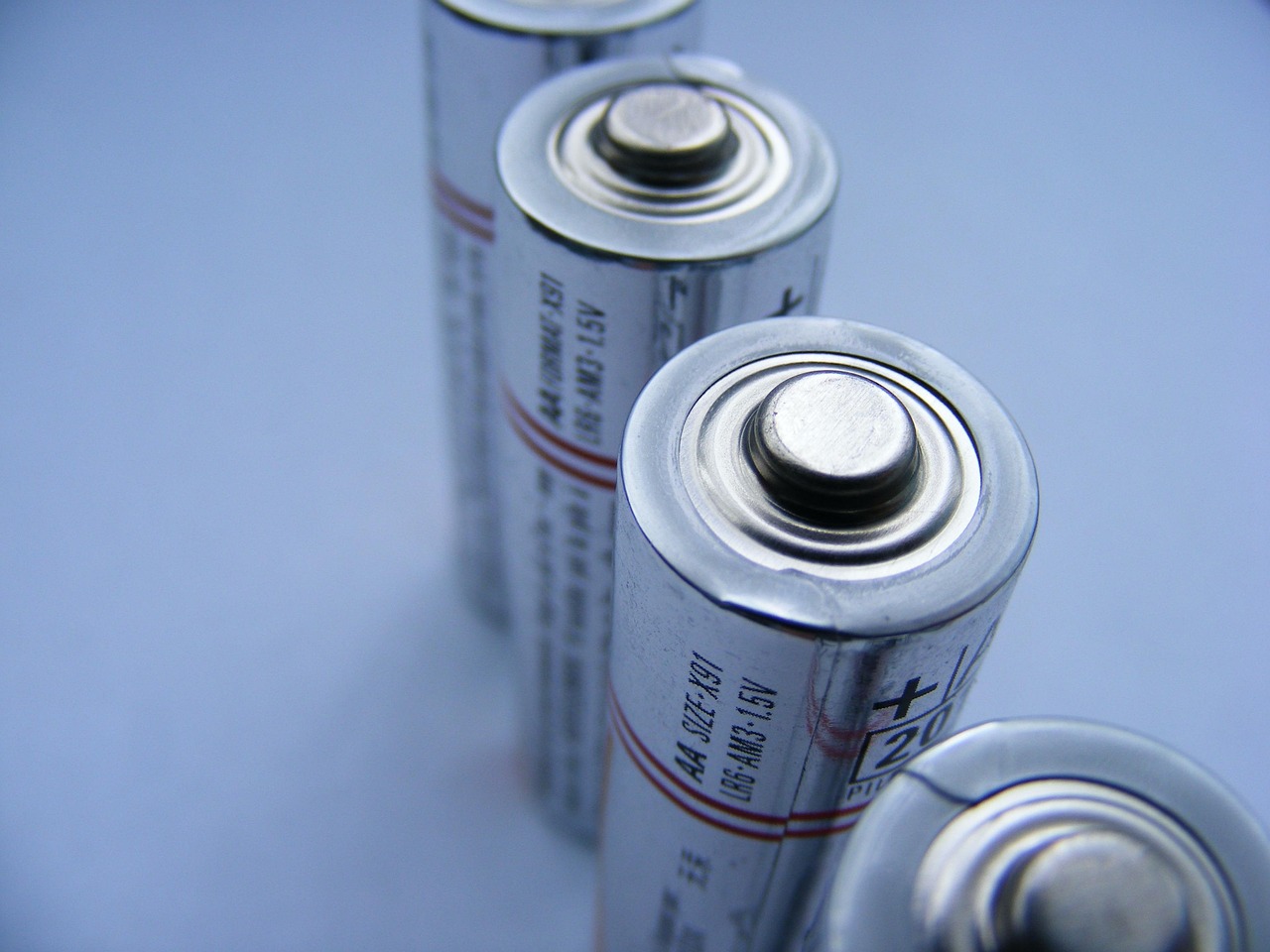In the global race to power our world—from the smartphones in our pockets to the electric vehicles on our roads and the grids that sustain our cities—the conversation around batteries often centers on chemistry. We hear of lithium-ion, solid-state, and sodium-sulfur, of cobalt and nickel and new, exotic materials. But beneath the specific elements and compounds lies a deeper, more fundamental science that governs every aspect of a battery’s existence: thermodynamics. This branch of physics, dealing with energy, heat, and work, is the invisible architect that defines the absolute limits of what a battery can and cannot do. While engineers use electrochemistry to build a battery, it is thermodynamics that writes the unbreakable rulebook.
Understanding this relationship is not an academic exercise; it is the key to unlocking the next generation of energy storage. Thermodynamics sets the ceiling for performance, dictates the inherent inefficiencies we must manage, and ultimately determines the safety and longevity of every energy storage device we create. It is the science that tells us, before a single prototype is ever built, what is possible and what is merely a dream.
The Foundation: The Gibbs Free Energy Blueprint
At the heart of every battery reaction is a powerful principle known as Gibbs Free Energy (ΔG). Named for the brilliant physicist J. Willard Gibbs, this concept represents the maximum amount of “useful” work that can be extracted from a chemical reaction. For a battery to be spontaneous and release energy—that is, to discharge—the ΔG of its electrochemical reaction must be negative. This negative value is the fundamental driving force, the chemical imperative that pushes electrons through our circuits.
This abstract concept is made brilliantly practical by a deceptively simple equation:
ΔG = -nFE
In this elegant formula, ‘n’ is the number of electrons transferred in the reaction, ‘F’ is Faraday’s constant (the charge of one mole of electrons), and ‘E’ is the electromotive force (EMF)—the theoretical, maximum voltage of the battery cell.
This equation is thermodynamics’ first and most critical gift to the battery designer. It reveals a profound truth: the maximum possible voltage of any battery chemistry is determined solely by the intrinsic properties of its anode and cathode materials. You cannot cleverly engineer your way to a higher theoretical voltage; it is a fixed value, a prize dictated by nature’s ledger. When a company announces a new cathode material, the first thing scientists calculate is the ΔG to find ‘E’—the ultimate voltage ceiling for that chemistry. This single equation saves countless hours and millions of dollars by pointing research toward the most promising material pairs from the very beginning.
The Inevitable Trade-off: The Thirst for Energy vs. The Dragon of Instability
The modern world’s demand is for batteries that pack more energy into smaller, lighter packages—a property known as energy density. Thermodynamics provides the map for this landscape through the same Gibbs Free Energy relationship.
A high cell voltage (E) and a high charge capacity (which relates to ‘n’) are the twin keys to high energy density. This is why battery scientists are on a perpetual hunt for material pairs with a large, negative ΔG. Lithium-metal anodes and high-voltage cathodes (like NMC 811) are pursued with such fervor precisely because their combination offers a tremendously favorable thermodynamic landscape, promising a step-change in energy density over current technologies.
However, this search is not without its perils. A very large, negative ΔG signifies a highly energetic, “eager” reaction. While this is excellent for powering a car for hundreds of miles, it also means the system is thermodynamically metastable. It is a contained storm. The battery’s components—the highly reduced anode and the highly oxidized cathode—are kept from their thermodynamically preferred state (a stable, discharged state) only by the kinetic barriers of the electrolyte and separator. This is the fundamental trade-off of battery design: the same powerful driving force that gives us more energy also pushes the system closer to the cliff edge of thermal runaway and catastrophic failure. A battery is a carefully controlled release of chemical energy; thermodynamics defines just how controlled—or potentially explosive—that release can be.
The Tyranny of Efficiency: Why No Battery is Perfect
The Second Law of Thermodynamics, with its grim decree of increasing entropy, ensures that no energy conversion is 100% efficient. Batteries are no exception. In every charge and discharge cycle, some energy is inevitably lost, primarily as heat.
This loss manifests in two critical ways:
Irreversible Heat (Joule Heating): This is the simpler concept. As current flows through the internal resistance of the battery—through the electrodes, the electrolyte, and the interfaces—it generates heat, proportional to the square of the current (I²R losses). This is a direct and irreversible energy loss.
Reversible Heat (Entropic Heat): This is a more subtle but profoundly important concept, diving back into the details of the Gibbs equation. The full form is ΔG = ΔH – TΔS. Here, ΔH is the enthalpy (representing the total energy change of the reaction) and ΔS is the entropy change (representing the change in disorder).
During a reaction, if the entropy change (ΔS) is significant, the battery will either absorb or release heat beyond the simple I²R losses. For example, in many lithium-ion batteries, ΔS is negative during discharge. This means the system becomes more ordered, and in doing so, it must release excess heat. Conversely, during charge, it absorbs heat from its surroundings. This entropic heating and cooling is a fundamental, innate property of the chemistry itself and cannot be engineered away. It places a fundamental limit on the round-trip efficiency of any battery system and complicates thermal management, as the battery’s own chemistry can cause it to heat up or cool down independently of electrical losses.
The Stability Window: The Guardrails of Safety
Perhaps the most critical safety role of thermodynamics is in defining the electrochemical stability window of the electrolyte. The electrolyte—the conductive medium that allows ions to shuttle between the anode and cathode—is itself a chemical substance susceptible to decomposition.
Thermodynamics allows us to calculate the voltage thresholds at which the electrolyte will oxidize (break down) at the positive cathode or reduce (break down) at the negative anode. A safe and stable battery must be designed so that its operating voltage lies comfortably within this stability window. If the cell voltage, driven by that powerful ΔG, pushes beyond this window, the electrolyte will break down, forming often-unstable surface layers called the Solid-Electrolyte Interphase (SEI) or, in worst-case scenarios, generating gas and heat that lead to fire.
This thermodynamic limitation is a primary driver behind the massive investment in solid-state batteries. Many solid electrolytes have a much wider electrochemical stability window than their flammable liquid counterparts. This superior thermodynamic property is what makes them capable of supporting higher-voltage cathodes and the use of pure lithium metal anodes, paving the way for potentially safer, more energy-dense cells.
Thermal Runaway: A Thermodynamic Tragedy in Three Acts
When a battery fails catastrophically, it is almost always through a process called thermal runaway. This is a positive feedback loop that is pure, terrifying thermodynamics in action—a tragedy in three acts:
The Trigger: An abuse condition—such as overcharge, an internal short circuit, or external heat—raises the battery’s temperature beyond a critical point.
The Cascade: This initial heat input triggers a series of exothermic (heat-releasing) decomposition reactions. The metastable SEI layer breaks down first, releasing heat. This heat then triggers the reaction between the anode and the electrolyte, and finally, the breakdown of the cathode material itself, which often releases oxygen.
The Point of No Return: The heat from these reactions further raises the temperature, triggering even more severe decomposition reactions with even larger, negative ΔG values. The battery begins to produce its own fuel and oxidizer, creating a self-sustaining chemical fire that can lead to explosion.
Understanding the thermodynamics of these decomposition reactions—their precise onset temperatures and, crucially, their rate of heat release—is essential for designing safer batteries. This knowledge directly informs the development of more stable cathode materials, flame-retardant electrolytes, and sophisticated thermal management systems that can detect and interrupt the cascade before it reaches the point of no return.
Conclusion: Designing Within Nature’s Laws
The pursuit of a better battery is far more than a chemical scavenger hunt. It is a sophisticated, high-stakes dance with the fundamental laws of the universe, choreographed by thermodynamics. From setting the absolute ceiling on voltage and energy density, to dictating the inevitable inefficiencies, to drawing the precise boundaries between safe operation and catastrophic failure, thermodynamics is the ultimate arbiter.
As we push the frontiers with new chemistries—lithium-sulfur, lithium-air, and beyond—the first and most critical questions asked are thermodynamic: What is the theoretical ΔG? What is the maximum voltage? What are the parasitic reactions that thermodynamics predicts? The answers to these questions define the realm of the possible. The great challenge for 21st-century engineers, therefore, is not to defy these laws, but to cleverly and respectfully navigate this thermodynamic landscape, finding the narrow, viable path that leads to the trinity of goals: high energy, long life, and absolute safety, all within the unyielding rules set by nature.















